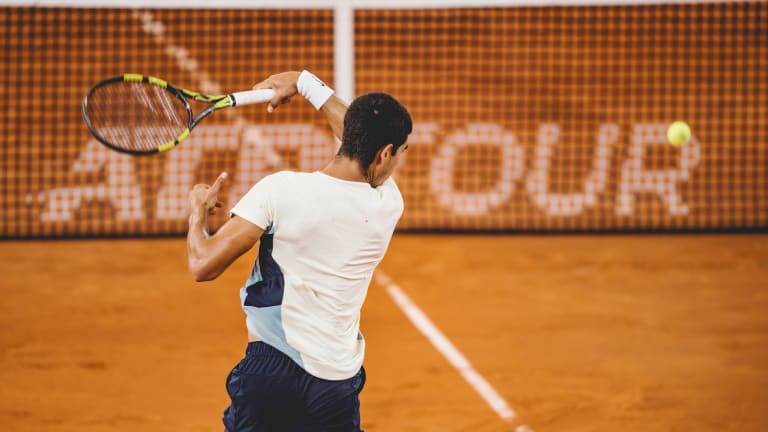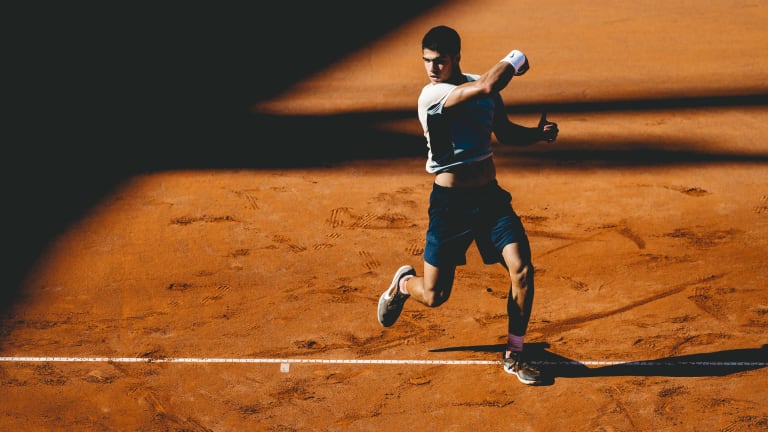“Was that a forehand, or a bolt of lightning?” one Eurosport commentator exclaimed, after a particularly deadly shot from Carlos Alcaraz. It’s been called a “killer forehand” by renowned coach Patrick Mouratoglou, and hailed as one of the best shots among the next generation of ATP talents.
We’ve almost run out of adjectives to describe it, but what exactly makes 19-year-old Alcaraz’s forehand so special, and so effective?
The young Spaniard has long been compared to his countryman Rafael Nadal, and for good reason. Watching Alcaraz rise through the ranks has been reminiscent of the 22-time Grand Slam champion’s own teenage breakthrough, especially when Alcaraz began to set and break “youngest player” records set by Nadal himself.
But on the court, Alcaraz and his coach, former world No. 1 Juan Carlos Ferrero, both agree that his playing style is reminiscent of the rest of the Big Three.

